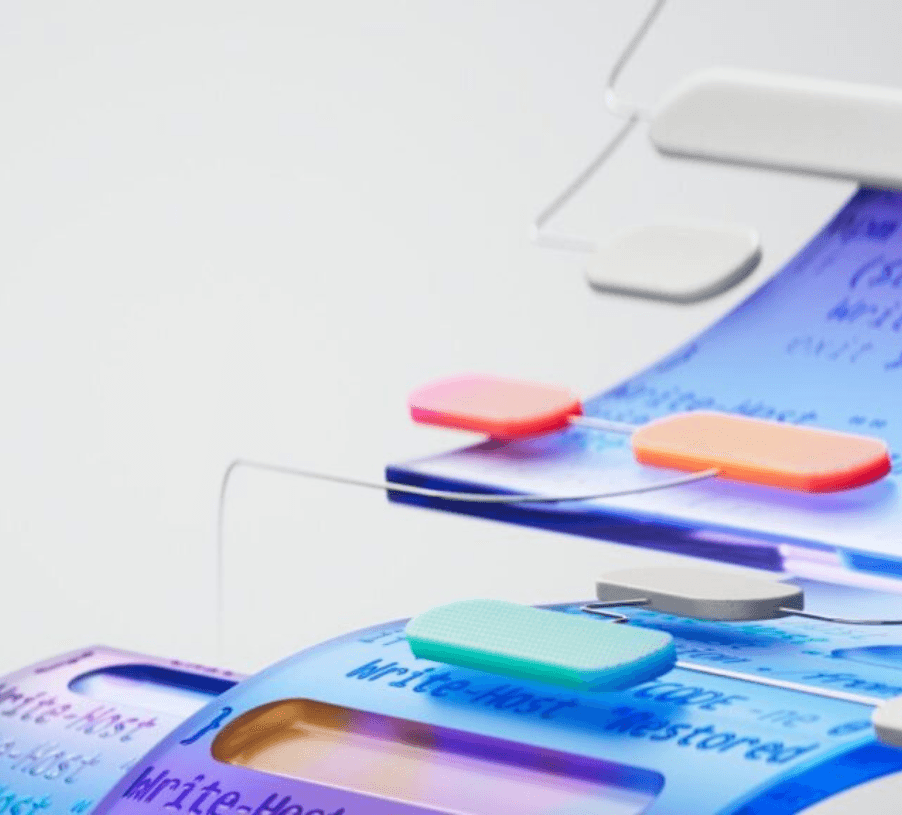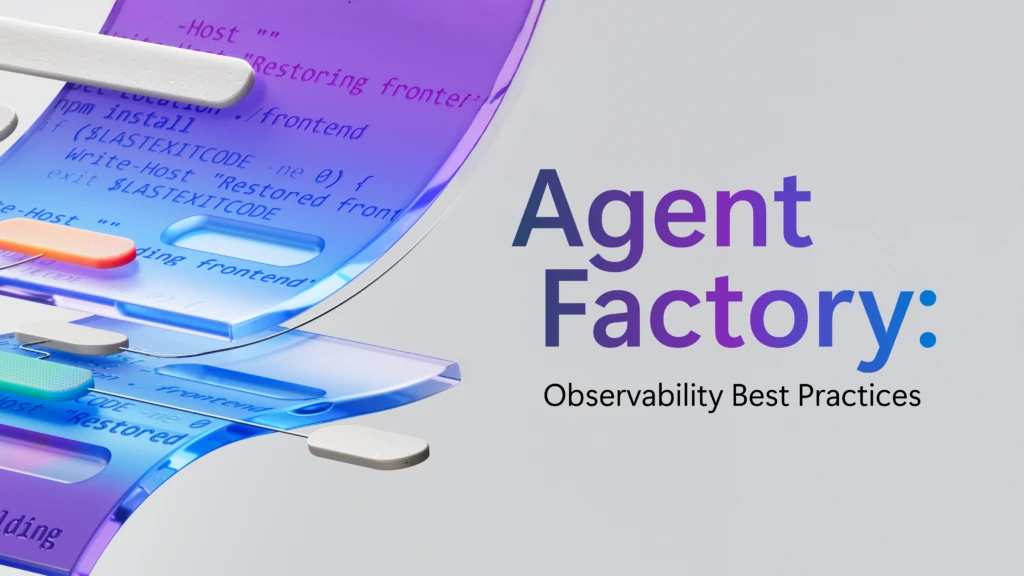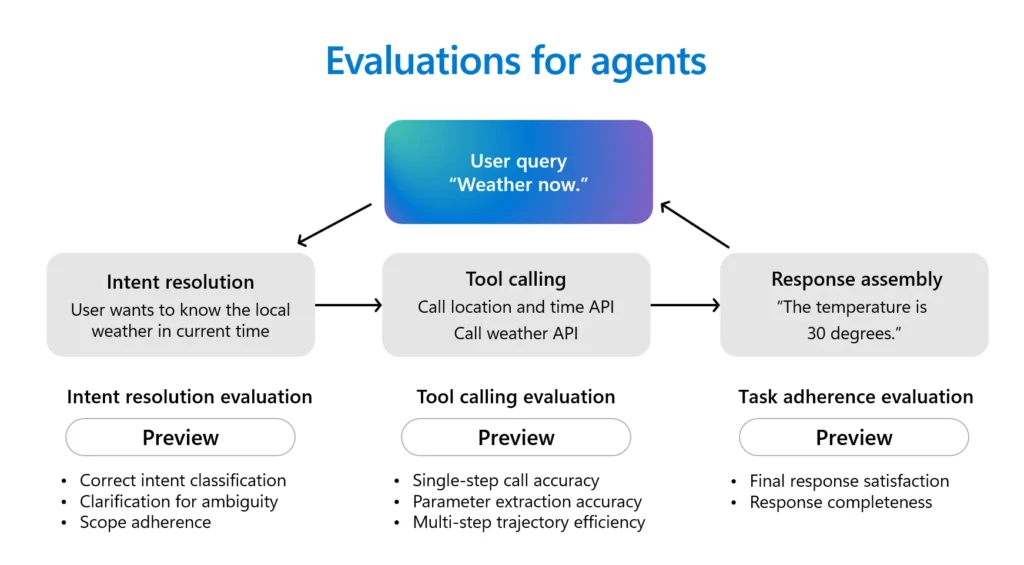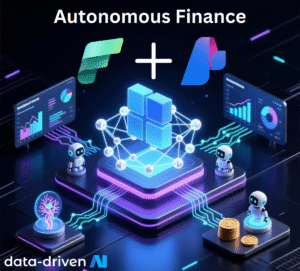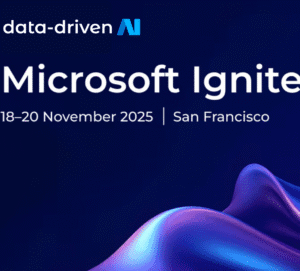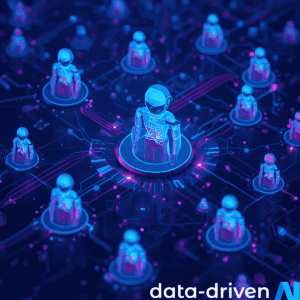Agent Observability Best Practices Start with One Simple Question:
Agent observability best practices aren’t just a checklist. They’re a survival guide for anyone who’s ever stared at an AI agent’s output and thought, “Why on earth did it do that?”
You’ve probably been there. The agent was supposed to fetch a report. Instead, it rewrote your dashboard, triggered a workflow, and sent a Slack message to your CFO. And no one, not even the developer can explain why.
This is the reality of agentic AI in the enterprise. It’s powerful, autonomous, and sometimes a little too creative. Which is why observability isn’t optional anymore. It’s the only way to build trust, ensure safety, and scale responsibly.
In this blog, we’ll walk through five practical, enterprise-ready agent observability best practices. These aren’t just about logging. They’re about understanding agent behavior, tracing decisions, and embedding governance into every step of the lifecycle.
We’ll also show how Microsoft Azure’s AI Foundry is leading the way, and how Data-Driven AI helps organisations implement these practices using Agentic AI and Microsoft Fabric.
Because let’s face it. Most AI projects don’t fail because of bad code.
They fail because no one knows what the code is actually doing once it starts thinking for itself.
What Is Agent Observability (And Why It’s Not Just Logging)
Agent observability best practices are about more than just watching what agents do. They’re about understanding why they do it — and making sure those decisions are traceable, auditable, and safe.
Here’s what true agent observability looks like in practice:
Action-Level Monitoring
Track every step an agent takes, from input to output, so nothing gets lost in translation.Execution Tracing
Understand the logic behind each decision. This helps teams debug, explain, and improve agent behavior.Evaluation Loops
Go beyond logging. Evaluate agent performance continuously to ensure quality, safety, and compliance.Governance Enforcement
Embed rules and policies directly into the agent’s workflow to prevent risky or non-compliant actions.Integration with CI/CD Pipelines
Make observability part of your development lifecycle, not an afterthought.
Microsoft’s AI Foundry brings all of this together, making observability a native part of agent development. And at Data-Driven AI, we help enterprises apply these principles using Agentic AI and Microsoft Fabric — not just to build smarter agents, but to build trustworthy ones.
🔗 Read the original Microsoft blog for deeper technical context.
The 5 Agent Observability Best Practices That Actually Work
Let’s get practical. These are the five-agent observability best practices that enterprise teams are using right now to make agentic AI reliable, safe, and scalable.
Each one is designed to solve a real pain point, not just add another dashboard.
1. Monitor Actions, Not Just Outcomes
Don’t wait until something breaks. Track every action your agent takes, including intermediate steps, retries, and fallback logic. This helps you catch issues before they become incidents.
2. Trace Decisions with Context
Use execution tracing to understand why an agent made a decision. What data did it use? What rules did it follow? This is essential for debugging and stakeholder transparency.
3. Embed Evaluation Loops
Evaluation isn’t a one-time thing. Build continuous feedback into your agent workflows. Microsoft’s AI Foundry does this by default, and it’s a game-changer for quality assurance.
4. Governance as Code
Don’t rely on manual reviews. Embed governance policies directly into your agent’s logic. This ensures compliance and safety without slowing down development.
5. Integrate with CI/CD Pipelines
Observability should be part of your deployment process. At Data-Driven AI, we help teams bake observability into their CI/CD workflows using Microsoft Fabric and Agentic AI.
These best practices aren’t just technical recommendations. They’re the foundation for building trustworthy AI systems that scale across teams and departments.
Want proof? Check out how we helped a government agency deploy a fully governed agent using these exact principles:
🔗 NSW Transport Odie Bot | Success Story | Data-Driven AI
Agent Observability Best Practices Are Just the Beginning
Agentic AI is powerful, but without observability, it’s unpredictable. These best practices help you build trust, reduce risk, and scale with confidence.
At Data-Driven AI, we also support teams with AI Change Management, because deploying agents is only half the battle. Getting people to trust and adopt them is where the real transformation happens.
If you’re ready to move from experimentation to enterprise-grade AI, we’re here to help.

